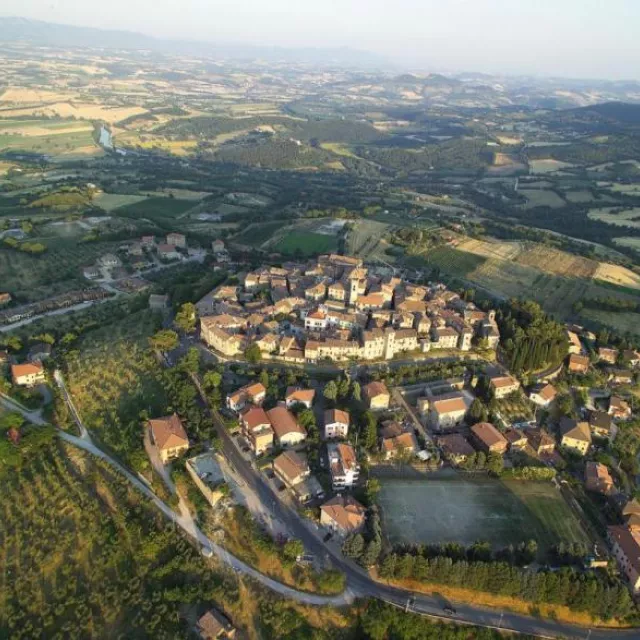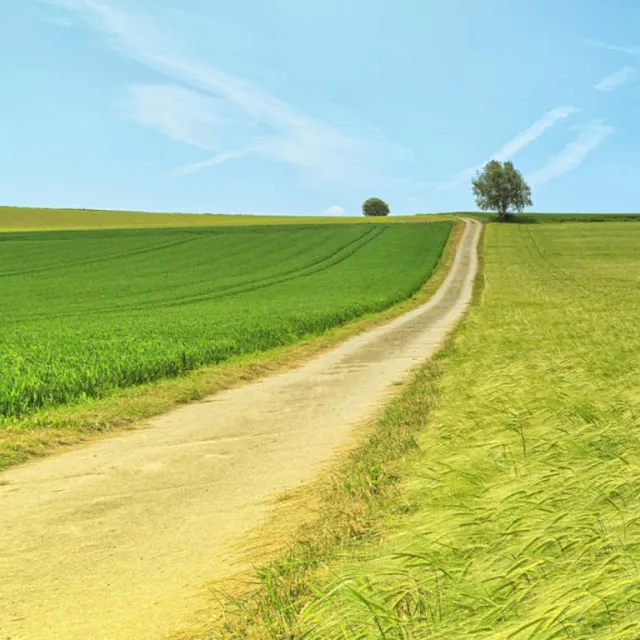
We recommend a short itinerary for those who already know Umbria and wish to discover small hamlets, churches and castles, museums and galleries.
This route explores a different part of the Via Flaminia and opens an interesting window on a community of Roman and then Umbrian origins, settled between mountains and plains.
- Set off from the Agriturismo.
- Reach Acquasparta by the main road in the direction of Terni. Acquasparta has been known since Roman times as a spa resort for holidays. Here you can visit the building of San Giovanni de Brutis, built on a Roman bridge of the Via Flaminia. Spend some time in the town of Cesi, home of Federico Cesi, founder of the Lincei academy, whose tomb can be found in the Church of Santa Cecilia (XII century).
- Visit the archaeological site of Carsulae, Roman town on the Via Flaminia.
- Visit Cesi, old settlement of Umbrian people, with its gigantic walls.
- Optional excursion to Monte Torre Maggiore, home of a very ancient and important sanctuary.
- From Cesi, reach the main road and return to the Agriturismo.

For those wishing to extend their route, from Cesi you can visit the town of San Gemini, an old Roman settlement and important medieval fortified castle. San Gemini is nationally known for its natural spring which produces mineral water (Sangemini and Fabia).
- On the outskirts, wander in the Park of the San Gemini spring amongst ancient trees, the venue of a spa centre, where local spring water originating in the Monti Martani is used.
- At about 10 km from San Gemini, in the direction of Orte, you can reach Narni, a typical Umbrian medieval town dominating the river Nera.
- Visit the Roman Cathedral (XII century) with a Gothic apse, home of one of the oldest Umbrian monuments, the Sepulchre of San Giovenale and San Cassio, with a sarcophagus dating back to VII century BC and a mosaic of the IX century.
- Church of San Francis (XII century), built during the stay of the saint in Narni.
- Church of Sant’Agostino (XIV century), which has a rich artistic heritage, such as a Glory of Sant’Agostino by Carlo Federico Benincasa.
- Palazzo dei Priori (1275), Palazzo Comunale (1273), Municipal Gallery, Palazzo Scotti (1500), Palazzo Capocaccia (1545) and the natal house of Gattamelata.
- Visit the subterranean passages of Narni.
- Back to the main road, from where it is about 40 minutes to the Agriturismo.

